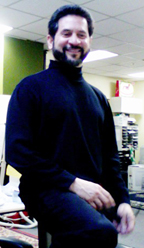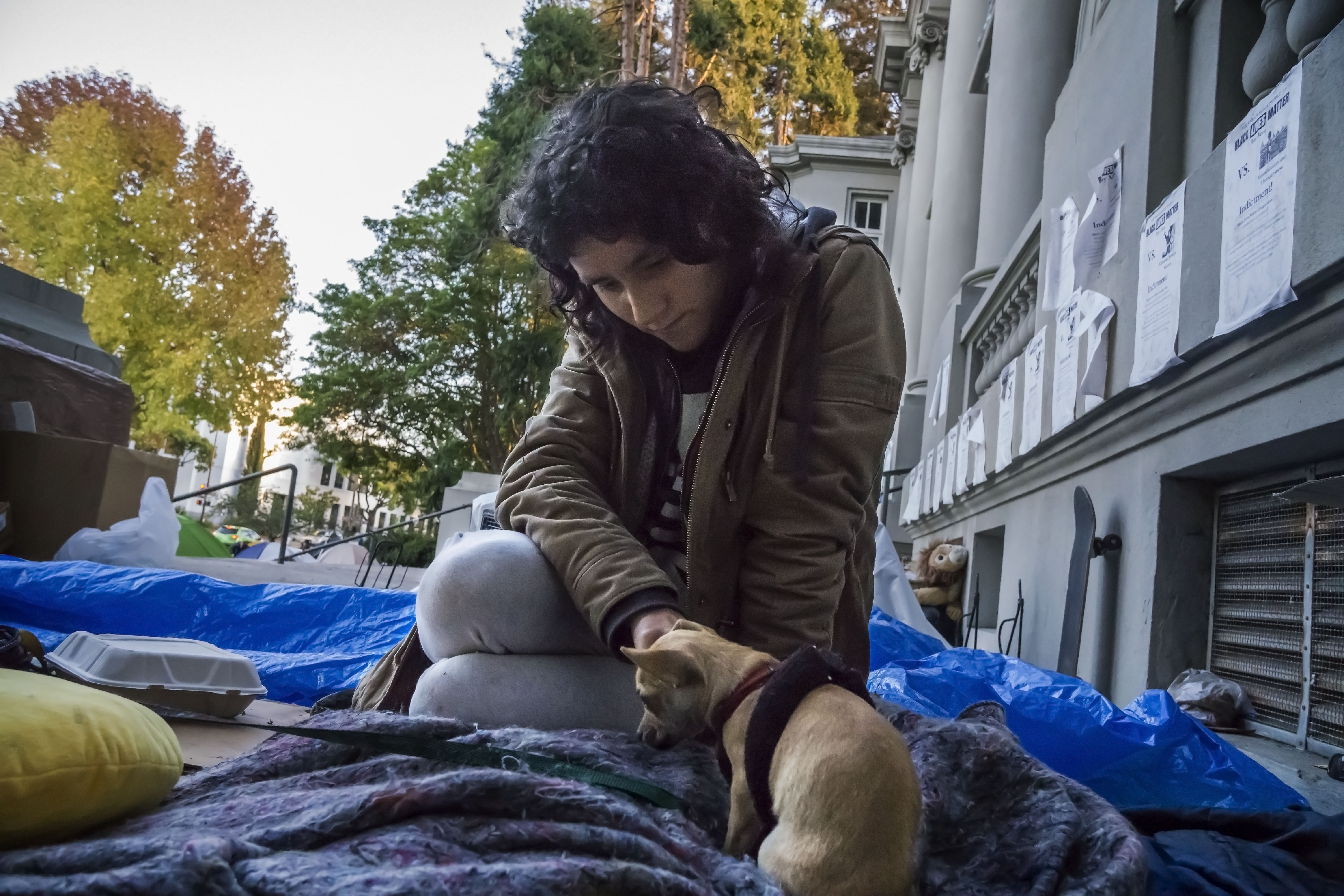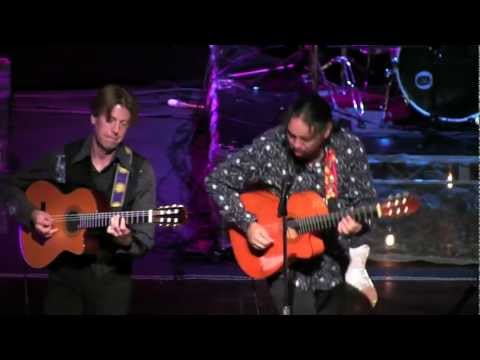NOTE FROM THE EDITOR:
Very little is written in the mainstream media about the Constitution, which is the column from where liberty sustains itself. This following article, written by Dave Hodges, is a good piece everyone should read, if not, follow this writer. Because of its length, we have divided it into three parts. THIS IS PART 1 of 3.
by Dave Hodges
History renders a hard judgment for a society that eliminates free speech. History shows that very dark days lie ahead when government seeks to control the narrative at any expense.
Loretta Lynch and the Elimination of Free Speech
In the past 60 days, I have been told by multiple sources that I will one day, be prosecuted for anti-Muslim rhetoric by the Federal government. Loretta Lynch is a Muslim, by practice, and is abusing her position to silence any talk against RADICAL and EXTREME Muslim speech even in the aftermath of the murder of 14 Americans by an ISIS sympathizer. This marks the end of the First Amendment in the eyes of the most powerful Justice official, namely, the Attorney General of the United States, and she is a racist to boot.
Lynch is using her position as Attorney General to promote her racist views. One should look at her background as being anti-Jewish when she was a member of the Harvard Black Law Students Association (BLSA) from 1981-1984 who advocated for several anti-Jewish positions. Lynch and the BLSA had their First Amendment rights protected. Now that the shoe is on the other foot, we need to be asking Lynch, who speaks and stands for the Jews?
I do not engage in anti-Muslim rhetoric. However, in the aftermath of several terrorist events (e.g. San Bernardino) I have unashamedly called for all Muslim immigrants, not American citizens, to be screened for suitability to enter the United States. In fact, all immigrants need to screened. After all, if we being forced to give up the Constitution, then we need to screen people who may not have our best interest at heart. Also, if they are unwilling to assimilate, they do not belong here. That means if they expect to bring their Sharia Law and intend it to be a replacement for the Constitution, as many do, then they need to be denied admittance. If there is the slightest hint of terrorism or criminal activity of any kind, then they need to (a) be deported or (b) denied entry. Under Lynch’s new guidelines, this form of free speech is illegal and subjects one to persecution. Lynch was appointed and swore an oath to the Constitution and she is violating her oath of office to destroy it, especially the First Amendment.
In the name of political correctness, I will not support any religious/political doctrine whose intention is to supplant any part of the Constitution. The American people do not owe their country to immigrants who do not add to the quality of American life. As the sign says, we have the right to refuse service to anybody.
At the end of the day, Lynch is not stifling the First Amendment so long your free speech agrees with her idea of free speech.
Lynch’s Lackey Holds the First Amendment In Disdain
“Homegrown violent extremists can be motivated by any viewpoint on the full spectrum of hate—anti-government views, racism, bigotry, anarchy and other despicable beliefs,” John Carlin Assistant Attorney General in charge of anti-domestic terrorism (October 2015).
As one can clearly observe, Assistant Attorney General, the number two person in the Justice Department, disrespects the First Amendment as well. In the quote listed above, John Carlin, is clearly stating that if one disagrees with the government, they are considered (under the Patriot Act) to be a Homegrown violent extremist.
Carlin must have been absent that day in law school when the professor covered the fact that the First Amendment was adopted for the specific purpose of having the right to speak out against the government without concern for reprisal.
Reuters, while describing Carlin’s position, likens domestic, right-wing extremism with anti-governmental views, is guilty of providing “material support” for domestic terrorism.
Further, disagreeing with your government can cause you to “disappear” under the NDAA. Since 9/11, the feds have been engaged in a sequential and incrementally implemented scheme to do away with the First Amendment.
Under this administration, it is a case of “long live the First Amendment, the First Amendment is dead.” TO CONTINUE HERE NEXT WEEK.









